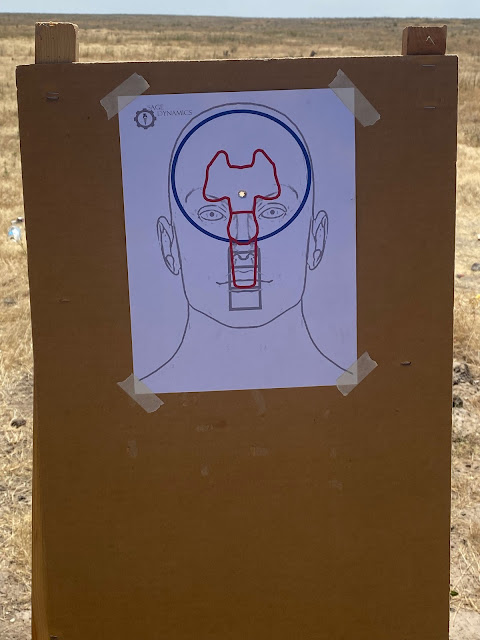The Los Angeles Times' article, "Archaeology as blood sport: How the discovery of an ancient mastodon ignited debate over humans’ arrival in North America," is interesting in two respects. First, it reports on contentions by Richard Cerutti that bone fragments and artifacts found in 1992 show that tool using hominids had been present in North America some 120,000 to 130,000 years ago. Specifically, Cerutti and his team excavated bones from a mastodon that were broken apart, including two femurs that show evidence of spiral fractures (meaning that the fractures occurred before the bone dried out) and fractures consistent with being struck by stone tools. They also found a tusk that appeared to have been jammed straight down into the soil.
The conclusion seemed clear: Hominids, wandering through Southern California, had found a mastodon carcass and gone to work. They hauled cobblestones to the site and pounded the bones, cut out the marrow for food and broke off splinters for tools.
Based on the stratigraphy, they estimated that bones had been broken apart at least 120,000 years earlier. This finding could not only upend theories on when North America was first settled, but also has implications for the "Out of Africa" theory, in that it shows relatively sophisticated tool users far beyond Africa before the supposed human out-migration from Africa occurred.
Second, the story is interesting because it is yet another window into how established scientists attempt to squelch new discoveries that threaten the status quo. As the article notes:
For nearly half a century, schoolchildren have been taught that the first human visitors to the New World belonged to the Clovis culture, known for chipped-stone spear points first discovered in New Mexico.
Archaeologists say these people crossed the Bering Land Bridge from Asia about 12,000 years ago.
To dispute Clovis-first by a few thousand years was controversial. Some archaeologists had won begrudging acceptance with a few scattered excavations.
But to propose a site more than 100,000 years older was professional suicide. It would undermine the research and reputations of most archaeologists now studying the New World.
“If you claim something is that old, you get blasted,” Cerutti said, “which is why some archaeologists stopped working on sites like this. They didn’t want to get blasted.”
There wasn't enough Carbon 14 in the bones to allow testing, but even that suggested that the bones dated from pre-Clovis times. A technique that measured changes in the uranium and thorium content of organic materials as they aged has twice been used, the more recent (and probably more accurate results) indicating that the bones were about 130,000 years old. But Cerutti couldn't get other researchers interested in his finds.* * *The lack of consensus frustrated Cerutti. He knew that the San Diego museum supported the work, but he had also heard that some of his colleagues were saying he had been “out in the sun too long.”
Robson Bonnichsen, an anthropologist at Oregon State University and the founder of the Center for the Study of Early Man, said, “Your site may well be a candidate for one of the oldest archaeological sites ever found in the New World.”
But he added: “From my own bitter experience, I know that research that contributes to First American Studies is a game of hardball.”
George Jefferson, former associate curator of the Page Museum in Los Angeles and district paleontologist for the California State Parks, was blunt: The archaeological community was not ready for such an unsettling claim of antiquity.
“Keep it under wraps,” he said. “No one will believe you.”However, after additional research, the findings and conclusions from the site were published in Nature in April 2017. And gained immediate criticism from the archaeological community.
McNabb [one of the scientists that peer-reviewed the research for Nature] understands why archaeologists are eager to dismiss the claims of the Cerutti Mastodon Site. But attributing their objections entirely to ego is too easy and only perpetuates the personal rivalries that have dogged this topic for decades.
“Entrenched views are hard to shift for researchers who have built a reputation on them,” he said.As I've noted before, this is not the first instance of this type of outright hostility to challenge to the accepted paradigm that North America may have been settled by pre-Clovis peoples. Scientists took many years before they conceded that the Monte Verde site in southern Chile dated back to 12,500 years before the present; and dating from other sites in South America showing occupation 30,000 to 50,000 years ago are still not accepted. And pre-Clovis sites in North America are still disputed.

No comments:
Post a Comment